Countries With the Biggest Debt to the IMF
The International Monetary Fund is often the last stop for countries in financial distress. When national reserves dry up or inflation spins out of control, the IMF steps in with loans meant to restore stability. But the support comes with conditions—policy reforms, subsidy cuts, and fiscal discipline. Here’s a look at the countries that currently owe the most and what led them there.
Argentina — $57 Billion Owed
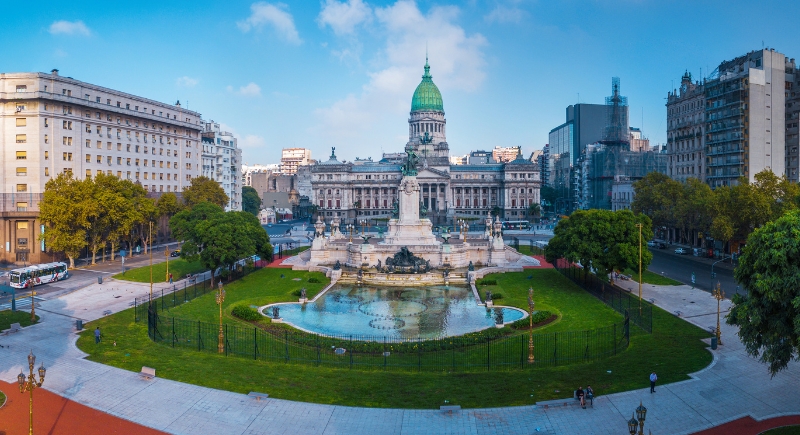
Credit: Getty Images
Argentina tops the list with around $57 billion owed to the IMF, more than the combined total of several other big borrowers. High inflation, currency instability, and past defaults have made Argentina a regular at IMF headquarters. In 2018, it took the biggest loan in IMF history.
Ukraine — $14 Billion Owed
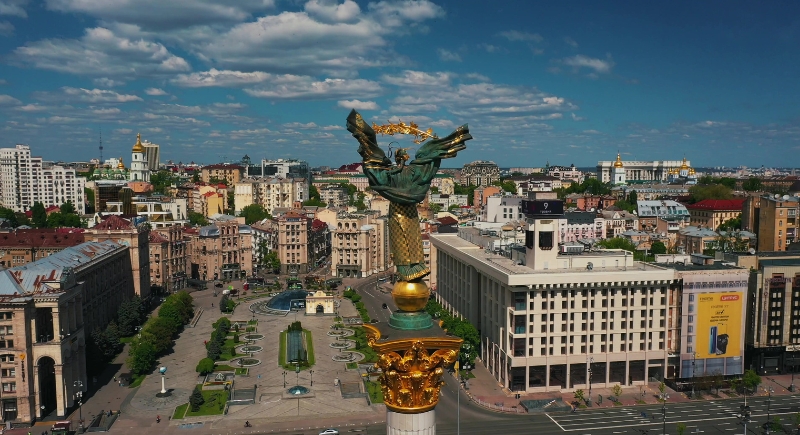
Credit: Canva
Russia’s 2022 invasion left Ukraine’s economy in disarray. To keep basic services running and avoid financial collapse, the country leaned heavily on the IMF. As of October 2025, Ukraine owed roughly $14 billion. A four-year deal worth $15.5 billion was approved in 2023 to help with civilian spending and rebuilding.
Egypt — $9 Billion Owed
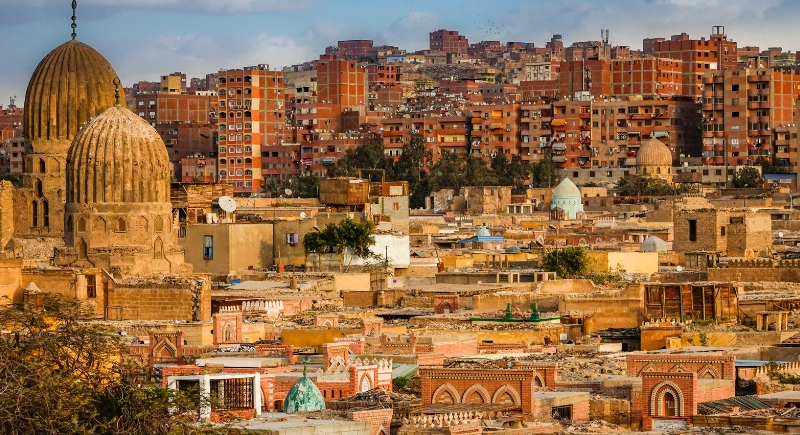
Credit: Getty Images
Egypt ranks among the IMF’s largest borrowers after years of financial turbulence. To secure assistance, it agreed to a broad reform plan that cut subsidies, allowed the pound to float, and raised taxes. These policies steadied the economy and attracted investors but pushed up prices, leaving many Egyptians under greater financial strain.
Pakistan — $8.9 Billion Owed
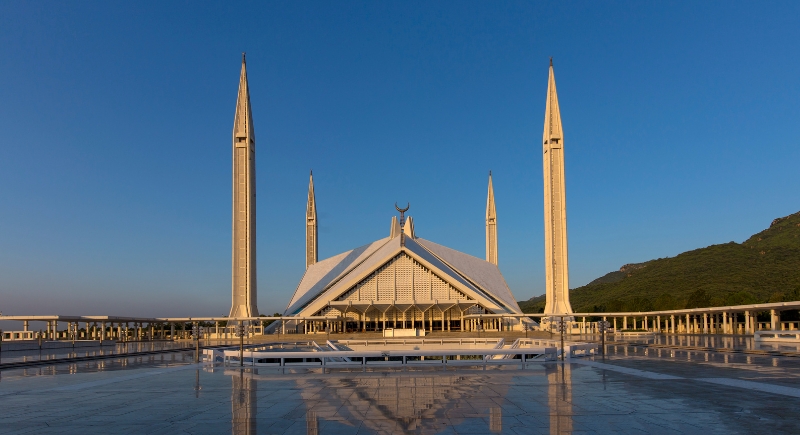
Credit: Getty Images
Pakistan’s economic situation has made headlines for the wrong reasons: low reserves, rising debt, and power shortages. To avoid a default, the country turned to the IMF again. By 2025, its outstanding IMF credit stood at $8.9 billion. The terms included cutting subsidies and increasing tax revenue.
Ecuador — $8.83 Billion Owed
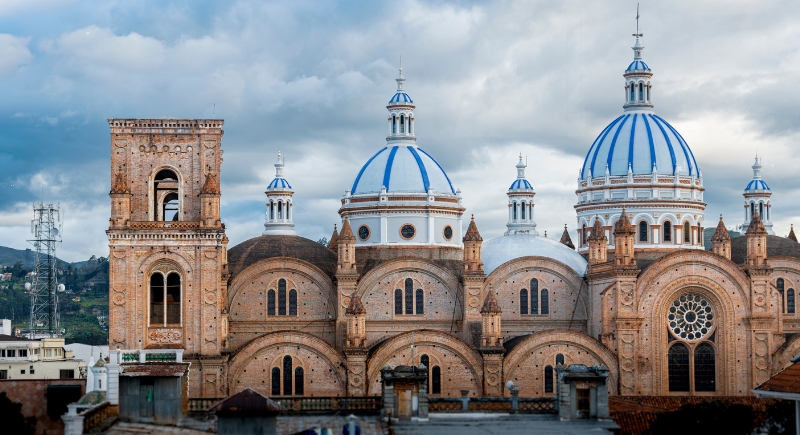
Credit: pixabay
After years of balancing between political unrest and economic reform, Ecuador owes about $8.83 billion. The 2020 pandemic hit the oil-dependent economy hard. In response, the IMF stepped in with an extended fund facility. Debt payments and fiscal policy shifts followed.
Côte d’Ivoire — $4.22 Billion Owed
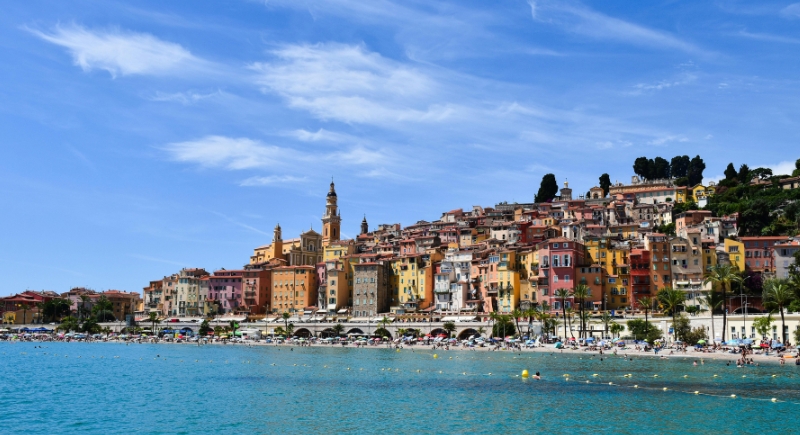
Credit: pexels
Côte d’Ivoire, also known as the Ivory Coast, has borrowed more than $4.2 billion from the IMF. Though not always in the headlines, the country’s economy faces fiscal stress tied to infrastructure costs and debt repayments. IMF programs have focused on strengthening public finances while still allowing investment in agriculture and energy.
Kenya — $4.09 Billion Owed
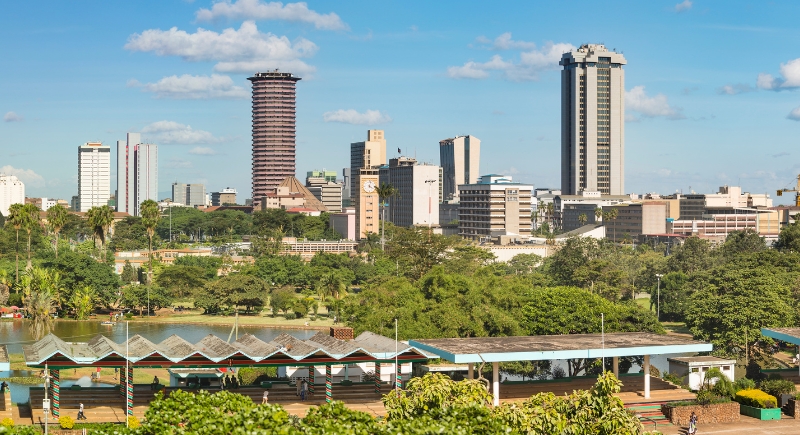
Credit: Getty Images
Kenya’s current IMF debt is just over $4 billion, and the impact runs deep. The country’s borrowing has helped manage public debt and finance pandemic-related spending. However, public frustration has grown over the austerity measures attached to the loans. Critics argue that IMF conditions have trimmed public programs and fueled unrest.
Bangladesh — $3.97 Billion Owed

Credit: pexels
Bangladesh sought IMF assistance after its economy came under pressure from rising energy prices, high inflation, and a sharp decline in foreign reserves. The government entered a 42-month program in 2023 to stabilize its finances and prevent a deeper crisis.
Ghana — $3.63 Billion Owed
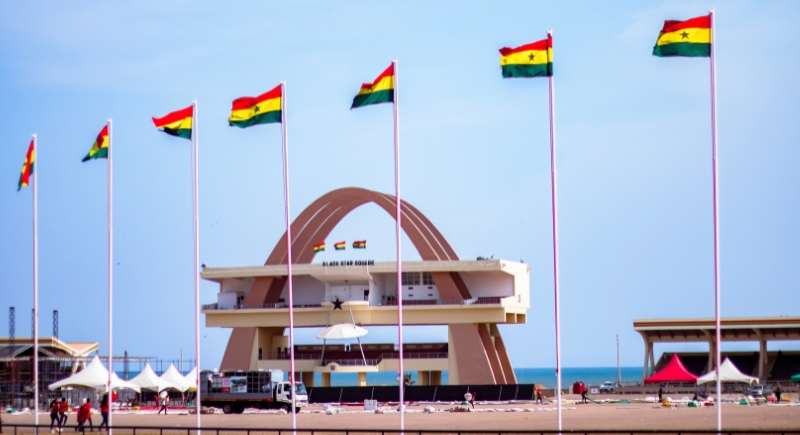
Credit: pixabay
Ghana’s IMF tab has reached just over $3.6 billion. The country faced heavy inflation, currency depreciation, and a growing debt burden. In 2022, it stopped paying most of its external debt and then signed a three-year IMF deal. The terms included cutting public spending and restructuring existing loans.
Angola — $3.62 Billion Owed
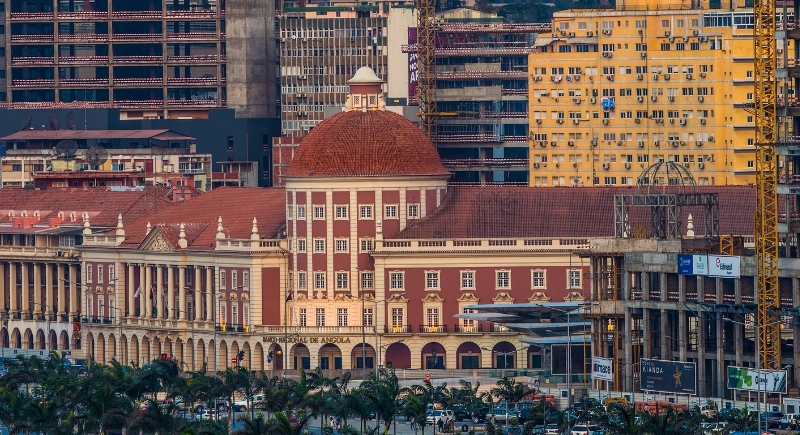
Credit: Getty Images
Angola remains one of sub-Saharan Africa’s biggest IMF borrowers. The country’s oil-dependent economy was hit hard when prices fell, prompting it to seek IMF assistance. In return, Angola pledged to cut public spending and overhaul its oil sector. Efforts to diversify have begun, yet the economy still depends heavily on petroleum revenue.
Sri Lanka — $1.7 Billion Owed

Credit: Getty Images
Sri Lanka defaulted on its debt in 2022. By 2025, its IMF obligation stood at about $1.7 billion. The country was asked to restructure external loans and reduce public spending. The political fallout was heavy, but without the IMF, default could’ve spiraled into collapse.
Morocco — $937 Million Owed
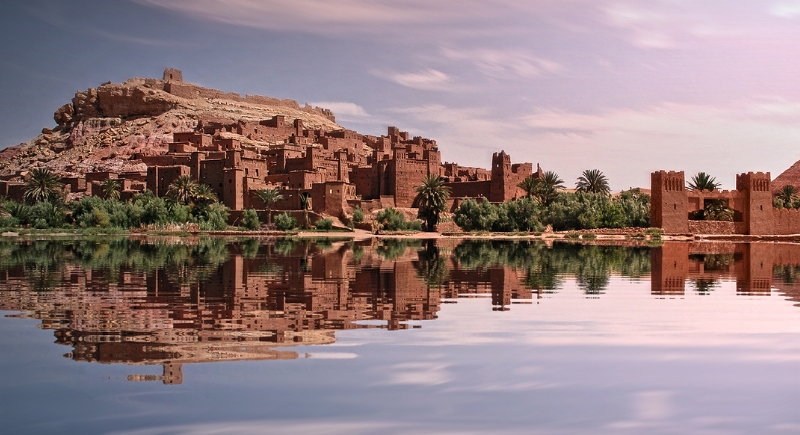
Credit: pexels
Morocco borrowed about $937 million, not in crisis, but as a precaution. The IMF’s Flexible Credit Line gives countries access to funds if markets turn volatile. Morocco used it during the COVID-19 pandemic to cushion economic shocks. This type of borrowing doesn’t carry the same stigma, but it still comes with watchful oversight.
Suriname — $430 Million Owed
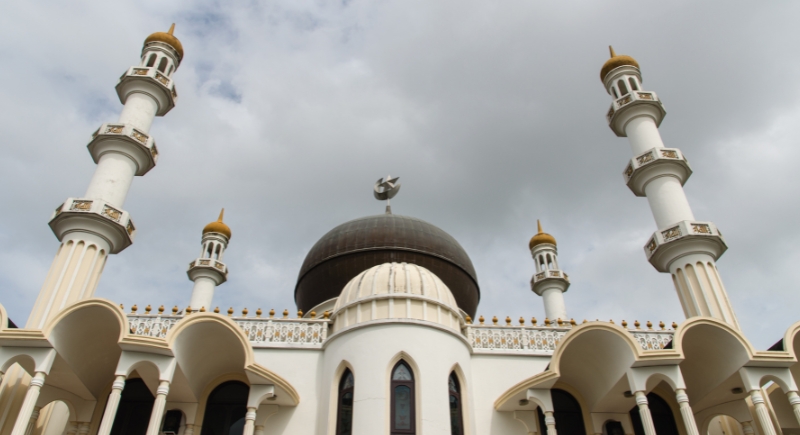
Credit: Getty Images
In dollar terms, Suriname’s $430 million debt may look modest. But at 13 percent of GDP, it’s one of the highest, which puts it on this list. The economy struggled with declining gold and oil exports, and inflation rose rapidly.
The Gambia — $126 Million Owed
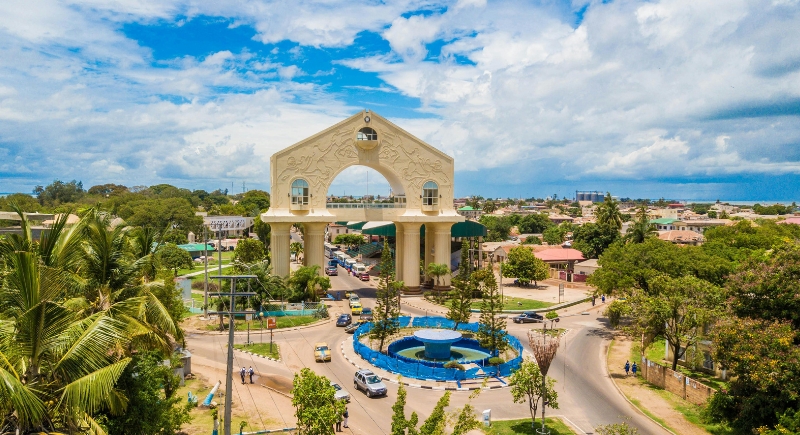
Credit: pexels
The Gambia owes a modest sum to the IMF, but its debt is large when compared to the size of its economy. The country accepted conditions focused on lowering fiscal deficits and strengthening governance. Some recovery has followed, yet the progress remains fragile and depends on continued financial discipline.
Barbados — $409 Million Owed
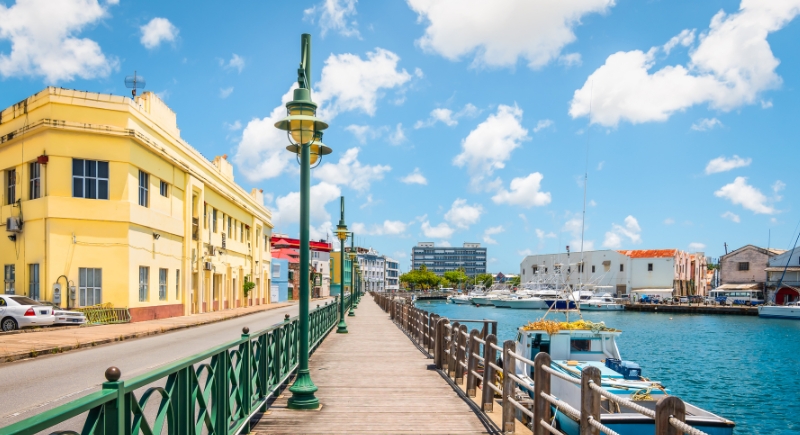
Credit: Getty Images
Barbados, a small island with big IMF ties, owes just over $400 million. In 2018, the country restructured its debt and signed onto an Extended Fund Facility. It focused on pension reform, tax adjustments, and lowering deficits. Its progress was proof that IMF programs don’t always spell doom.